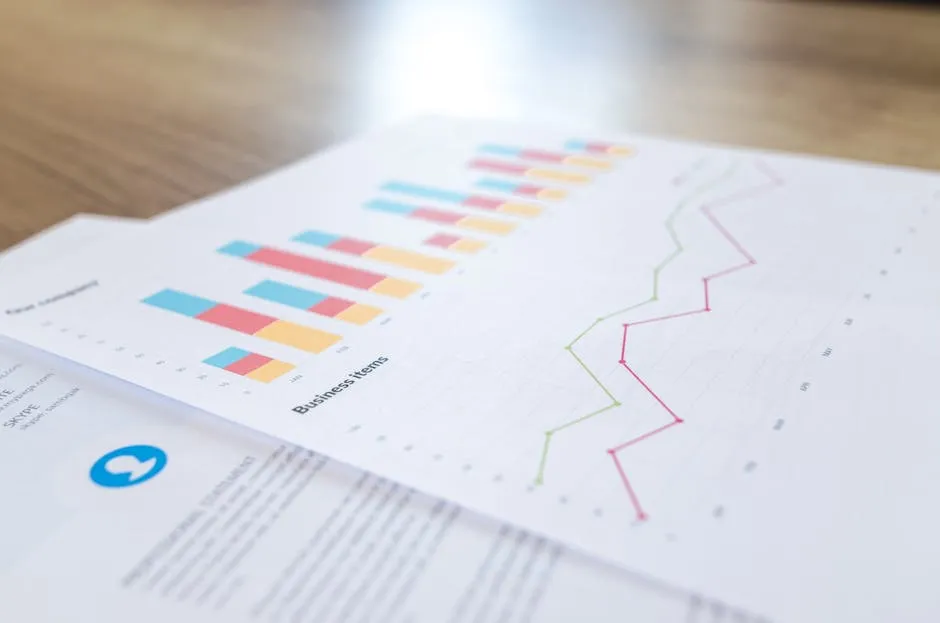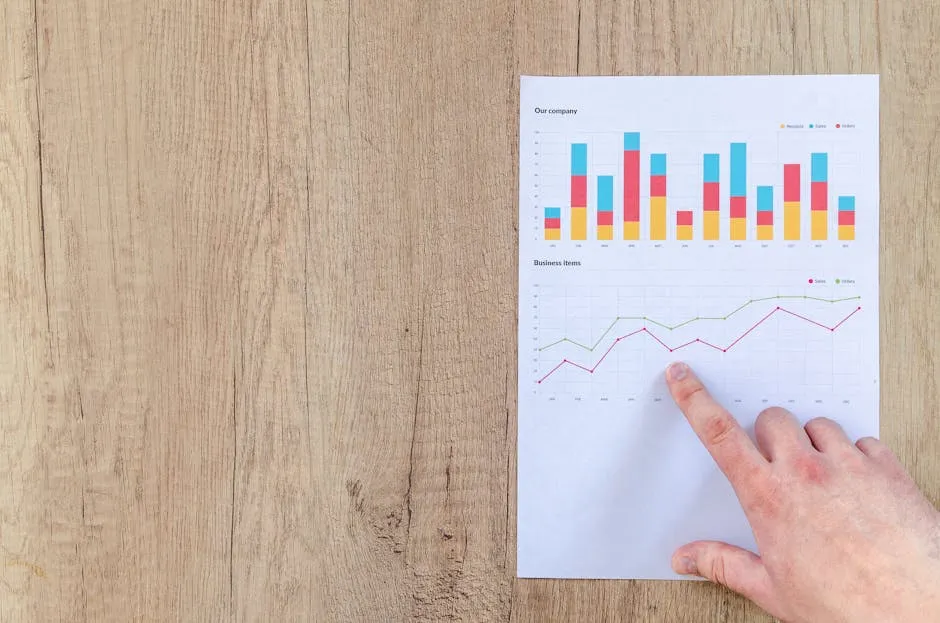Introduction
Statistics plays a crucial role in many fields. It helps us make informed decisions based on data. This guide will introduce essential statistics concepts, tools, and techniques that are perfect for beginners. For a deeper understanding, consider checking out an introduction to statistical learning with Python. And for those who prefer a more structured approach, Statistics for Dummies is a fantastic starting point!

Learning about statistical learning can greatly enhance your understanding of statistics. an introduction to statistical learning with Python
Summary and Overview
Statistics is the science of collecting, analyzing, and interpreting data. Its significance spans various everyday situations and professional environments. From businesses analyzing sales trends to healthcare professionals evaluating patient data, statistics is everywhere. It helps us understand patterns and make predictions. If you’re interested in diving deeper into data science, check out Data Science for Business: What You Need to Know About Data Mining and Data-Analytic Thinking. It’s a must-read!
In this guide, you’ll learn about two main branches of statistics: descriptive and inferential. Descriptive statistics summarize data, while inferential statistics help make predictions or generalizations. We will also cover data types, visualization techniques, and essential statistical tools. By the end, you’ll have a solid foundation to build upon.

Understanding Statistics
What is Statistics?
Statistics is a branch of mathematics focused on data. It involves gathering, reviewing, and drawing conclusions from data. Statistics is vital in our daily lives and professional settings. It helps us understand trends and make decisions based on solid evidence.
Consider a simple poll asking if people prefer coffee or tea. The results provide insights into public preferences. Similarly, businesses rely on statistics to understand customer behavior. Interestingly, about 70% of jobs in various industries require statistical knowledge. This shows just how relevant statistics are in the workforce. Reflect for a moment: how often do you encounter statistics in your daily life?

Types of Statistics
Descriptive Statistics
Descriptive statistics summarize data efficiently. They provide a clear picture of data characteristics. Key measures include central tendency, which consists of the mean, median, and mode. The mean is the average of all values. The median represents the middle value when data is ordered. The mode is the most frequently occurring value.
Additionally, we measure variability to understand data dispersion. Common measures include range, which is the difference between the highest and lowest values. Variance indicates how far values deviate from the mean. Standard deviation gives insight into how spread out the data points are.
These statistics are crucial for data summarization and descriptive analysis. Many studies utilize these measures to report findings. Try calculating these measures with a dataset you find interesting. It’s a great way to enhance your understanding! And if you’re looking for a solid resource, grab a copy of Data Visualization: A Practical Introduction. It’s a game-changer!

Inferential Statistics
Inferential statistics help us make predictions or generalizations based on a sample. It focuses on drawing conclusions about a population from a smaller subset. The population refers to the entire group we want to study, while a sample is a portion of that group.
Key concepts include hypothesis testing, which evaluates assumptions about a population. We also use confidence intervals to estimate the range within which a population parameter lies. Understanding these concepts is essential for making informed decisions based on data.
Success rates in hypothesis testing can vary based on sample size and methodology. Inferential analysis is a powerful tool in research. For deeper insights, consider reading more about hypothesis testing. It can significantly enhance your data interpretation skills!

Understanding hypothesis testing is crucial for making informed decisions based on data. hypothesis testing cheat sheet
Data Types and Measurement Levels
Types of Data
Understanding data types is crucial in statistics. Data can be classified into two primary categories: qualitative and quantitative.
Qualitative data represents categories or characteristics. This includes names, colors, or types of products. For example, the colors of cars in a parking lot are qualitative data. For more on qualitative data, refer to qualitative data.
Quantitative data involves numbers and can be measured. This type can be further divided into discrete and continuous variables. Discrete variables are countable and include whole numbers, like the number of students in a class. On the other hand, continuous variables can take any value within a range, such as height or weight.
Research shows that quantitative data is prevalent in various studies. In fact, around 70% of academic research relies on quantitative data types for analysis. For a comprehensive guide on quantitative data, visit quantitative data.

What types of data do you encounter daily? Take a moment to categorize them! And if you’re looking for tools to help you visualize this data, a Graphing Calculator (Texas Instruments TI-84 Plus) is a fantastic investment!
Levels of Measurement
Understanding measurement levels is essential for data analysis. There are four primary scales: nominal, ordinal, interval, and ratio.
- Nominal Scale: This scale categorizes data without a specific order. An example is the types of fruits in a basket.
- Ordinal Scale: Here, data is categorized and has a defined order. Think of survey responses like “satisfied,” “neutral,” or “dissatisfied.”
- Interval Scale: This scale includes ordered data with meaningful intervals, but no true zero. Temperature in Celsius is a common example.
- Ratio Scale: This scale has all the properties of an interval scale, but also includes a true zero. For instance, weight or height.
Understanding these measurement levels helps in choosing the right statistical methods. In social sciences, researchers often use these scales to analyze survey data effectively. And if you’re serious about mastering these concepts, I highly recommend Introduction to the Practice of Statistics. It’s a classic!

Can you identify the measurement levels of different data examples? Test yourself with a quick quiz!
Data Visualization Techniques
Graphical Representations
Data visualization is essential for understanding complex information. It turns raw data into visual formats, making insights clearer. Common types of graphs include bar charts, histograms, and pie charts. Each serves a unique purpose depending on the data being presented.
Bar charts are great for comparing quantities across categories. Use them when you want to show differences between groups. Histograms help visualize the distribution of numerical data. They are perfect for showing frequency within specific ranges. Pie charts illustrate proportions of a whole, making them useful for displaying percentages.

Research shows that visual data enhances presentations. In fact, people remember visual information 65% longer than text alone. This highlights the effectiveness of visual aids in data presentation. So, why not give it a try? Grab some sample data and create your own graphs! If you need a reliable guide, The Complete Guide to Data Visualization is a fantastic resource!
Interpreting Graphs
Interpreting graphs is a skill that enhances your analytical abilities. Start by understanding the axes, labels, and legends. Each component provides context to the data displayed.
Common pitfalls include misreading scales or overlooking trends. For instance, a graph with a truncated y-axis can exaggerate differences. Misinterpretation can lead to incorrect conclusions, so stay cautious!
Statistics indicate that many people struggle with graph analysis. Studies reveal that nearly 60% of individuals misinterpret graph data at least once. To improve, practice with real-world graphs. Look for trends, patterns, and outliers in various datasets. Engaging with actual data will sharpen your interpretation skills. And if you’re looking for a fun way to keep your notes organized, grab some Sticky Notes (Assorted Colors)!

Basic Statistical Tools
Introduction to Statistical Software
Statistical software plays a vital role in analyzing data. Tools like Excel, R, and Python make it easier to perform complex calculations. Each software has unique features suited for different tasks. For instance, Excel is user-friendly for basic tasks, while R excels in statistical modeling. Python, with libraries like Pandas and NumPy, is great for data manipulation and analysis. If you’re new to Excel, check out Excel 2021 for Dummies for a comprehensive introduction!
Did you know that over 80% of researchers use statistical software in their work? This statistic underscores its importance. Whether you’re in academia or business, knowing these tools can enhance your analytical skills.
If you’re just starting, check out free resources and tutorials to learn these software applications. Websites like Coursera and W3Schools offer excellent introductory courses. Dive into these resources and get hands-on experience with statistical software!

Performing Basic Calculations
Understanding basic calculations is essential in statistics. Let’s break down three key measures: mean, median, and mode.
- Mean: This is the average. Add all numbers and divide by how many there are. For example, for the numbers 2, 3, and 5:
- (2 + 3 + 5) / 3 = 10 / 3 = 3.33
- Median: This is the middle value in a sorted list. For the set 1, 3, 4, 5, and 7, the median is 4. If there’s an even number of values, average the two middle ones. For more insights on median calculations, refer to statistics Poland median salary 2024.
- Mode: This is the most frequently occurring number. In the set 1, 2, 2, 3, and 4, the mode is 2.
These calculations are commonly used in research. Practicing these methods with your data is a great way to grasp their importance. Try calculating the mean, median, and mode for a dataset you’re interested in. And if you need a place to jot down your findings, why not use a Planner Notebook? It’s perfect for organizing your thoughts!

Please let us know what you think about our content by leaving a comment down below!
Thank you for reading till here 🙂
All images from Pexels




